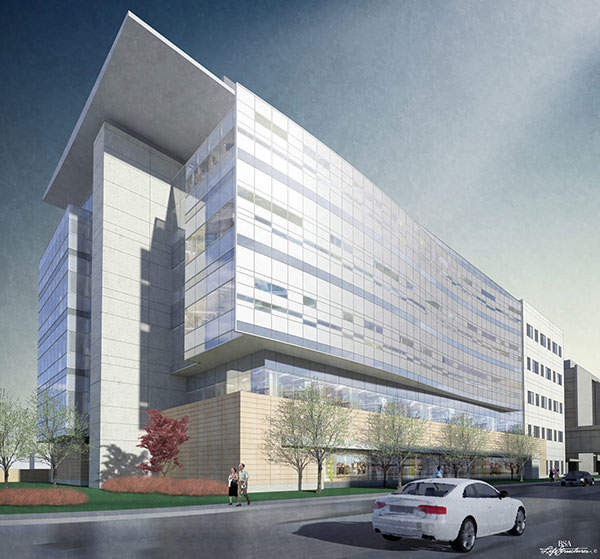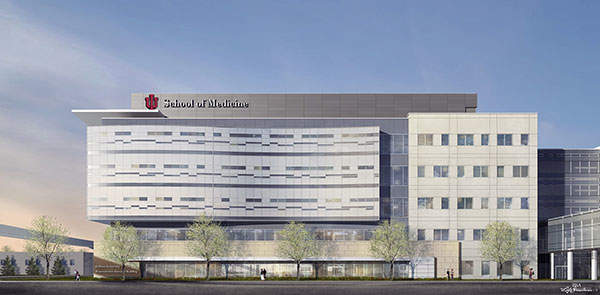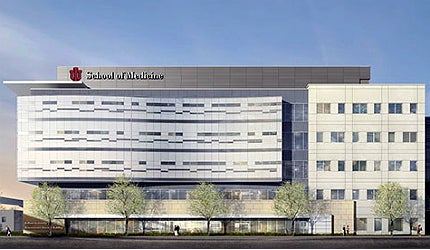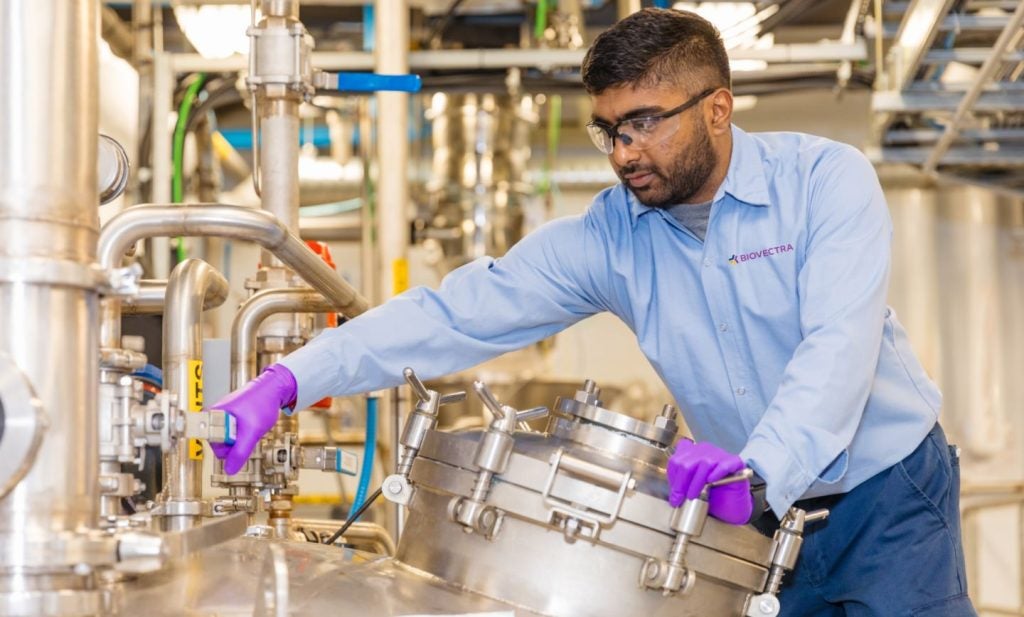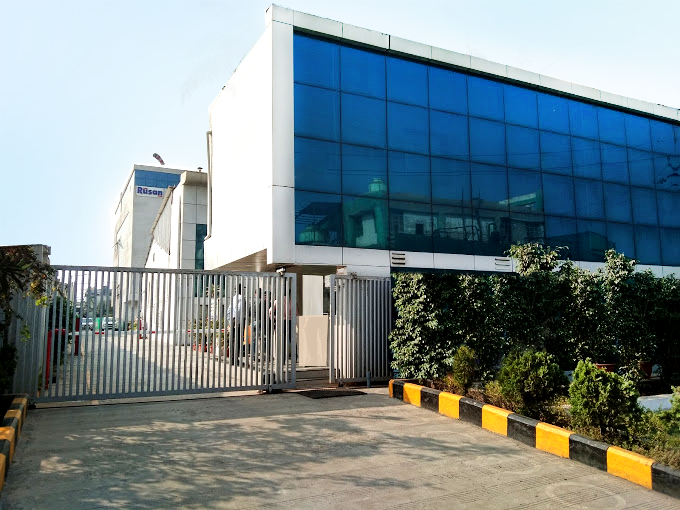Construction of a new neurosciences research building at Indiana University (IU) in Indianapolis, US, was initiated in August 2012. The building was opened in October 2014. It is located near 16th Street and Senate Avenue, near the IU Health Methodist Hospital. It was developed jointly by Indiana University School of Medicine and Indiana University Health.
The facility focuses on expanding and strengthening the biomedical and life sciences research capabilities of the university. It is also used for conducting a wide range of research in fields such as neurotrauma, addiction, epilepsy, dementias and pain.
Following the Indiana General Assembly’s approval of the project, the state budget committee approved construction in April 2011.
IU research building details
The new research building for neurosciences at the Indiana University has a total floor space of 138,000ft2.
It provides enhanced research facilities for neuroscientists from numerous fields, such as psychiatry, neurology, neurosurgery, rehabilitation, radiology and pathology. The aim of the project is to provide patients with the best neurological care.
The facility is connected to the 270,000ft2 ambulatory care and imaging centre built by the IU Health Neuroscience Centre with an estimated investment of more than $100m. The imaging centre was opened in August 2012.
The two facilities together created a hub of expertise in neurosciences for researchers, doctors, patients and future physicians.
Facilities at the neuroscience centre
The space in the neurosciences research building is allocated to interdisciplinary research teams for a flexible research with a disease-oriented focus, rather than assigning the space on the basis of traditional academic departments.
The facility welcomes neuroscientists across the world from various disciplines such as neurology, neurosurgery, psychiatry, rehabilitation, pathology and radiology. The cluster of multidisciplines in one place results in bringing fundamental advances in the research against various nervous diseases, such as Alzheimer’s, spinal cord injuries, addiction and psychoses.
The research building provides sophisticated and world-class laboratory research spaces and facilities to the IU School of Medicine’s scientists, the Stark Neurosciences Research Institute and those from the Institute of Psychiatric Research.
The Institute of Psychiatric Research is the primary occupant of the building. It focuses on developing treatment for psychiatric disorders such as addictions, schizophrenia, anxiety, mood disorders, autism and Alzheimer’s disease.
The Stark Neurosciences Research Institute focuses on applying advances in molecular, genetic and imaging technologies. Part of the institute is relocated to the new research building. It initiates collaborative research in the building through shared technical support and centralised analytical facilities. The institute aims to achieve these through flexibility in adapting to changes in programmes and funding, and maximising the performance of scientific instruments.
Construction of Indiana University’s building
The neuroscience building at Indiana University broke ground for construction in August 2012. It was opened in December 2014.
The exterior of the building features an efficient skin, composed mainly of glass. The interior of the building is flexible and adaptable to changes, and has abundant natural light and other fundamental facilities. The building follows a theme consistent with the entire neuroscience campus.
Contractors involved with the research centre
The research building was designed by BSA LifeStructures. Structural engineering support for the project was provided by TRC WorldWide Engineering. HKS Maregatti Interiors was the interior designer. Messer Construction was appointed as the general contractor and construction manager for the project.
Financing for the neurosciences facility
The total investment for the construction of the facility was $45m. The Indiana General Assembly contributed $35m. The Indiana University and IU School of Medicine contributed $5m each towards the project.
Related content
Sanford Consortium for Regenerative Medicine’s Stem Cell Research Facility
The Sanford Consortium for Regenerative Medicine (SCRM) inaugurated a new stem cell research facility in La Jolla in the state of California, US, in November 2011.
Buck Institute Regenerative Medicine Research Center, California, US
The New Regenerative Medicine Research Center in California was opened on 14 April 2012.

